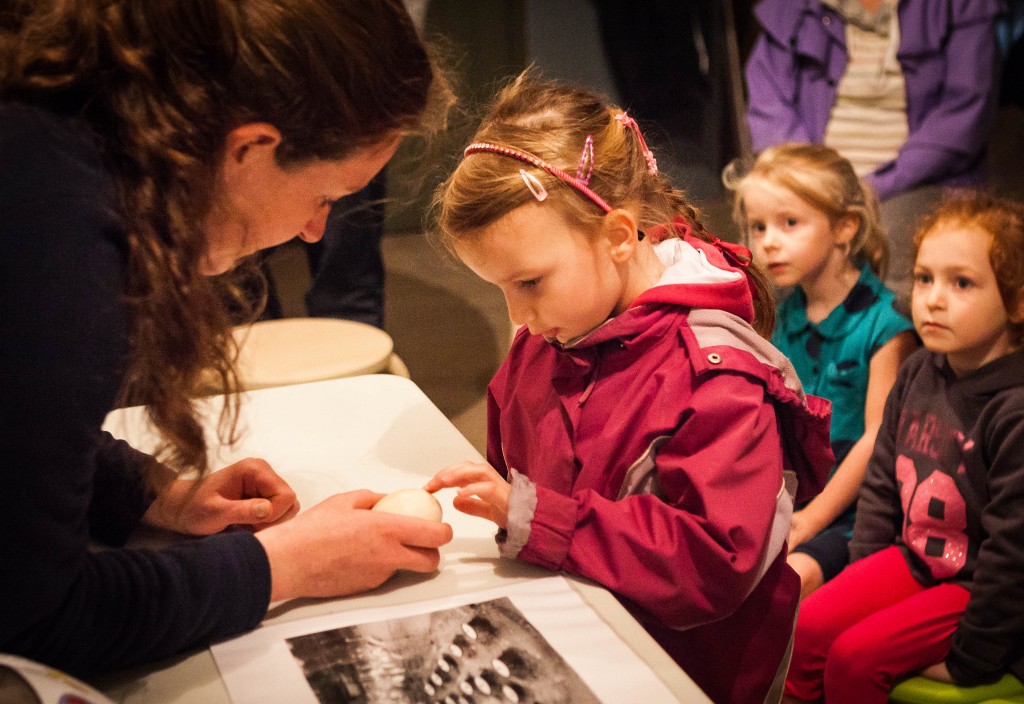What is Aviculture?
A few weeks ago whilst out on the afternoon duck feed I experienced one of those pleasurable epiphanies whereby your life, the universe and everything feels worthwhile. The reason for that feeling was simple; I felt like I was doing a good job. Now don't get me wrong- everyone at Slimbridge does a good job every single day, but on that particular afternoon it felt deeper. It felt like I had positively impacted on the enjoyment of several visitors by simply enthusing about Aviculture. I thought I would try to share my moment with you.
Aviculture is a difficult word, but while most spellcheckers proclaim with a little red squiggle that it does not exist it is in fact my profession. Famous Avic Dr Jean Delacour defined it as "Aviculture - The worldwide hobby of keeping and breeding numerous species of wild birds in captivity to maintain their numerical status in nature with a view of forestalling their extinction by supplying aviary raised stock." Nowadays however Aviculture has moved on alongside Conservation and now represents the practical side of in-situ and ex-situ conservation efforts. Rather than simply breeding birds to keep numbers up, we breed birds to keep numbers up but also hone and perfect breeding techniques which can be copied in vital scenarios with critically endangered species. We try to predict and eliminate difficulties before they occur, and come up with solutions for conservation's problems.
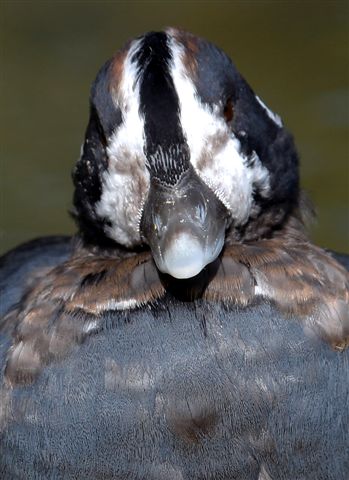
Some of the hardest birds to breed in captivity are often from the most extreme habitats. As a result these birds are often very hard to get hold of and command a high degree of exclusivity. At WWT the Arundel centre houses the majority of our valuable and exciting diving and sea ducks. We keep them in the Myvatn aviary there for one exceptionally good reason; water quality. Wetlands are not the only habitat type to house wildfowl species, and wetlands do not suit them all. As a result of its spring-fed site Arundel houses the creme-de-la-creme of our divers like this young male Harlequin here. Whilst Harlequins are currently of Least Concern, they and many other species such as the Long-tailed duck and Scaly-sided merganser may not always be so. Knowing their difficulty they are always a prime candidate for perfecting and documenting hand-rearing techniques. This young male was in fact reared by myself and the team at Slimbridge from an egg delivered to our incubators, and was then returned to Arundel (alongside his two sisters) as a young adult. Hand-rearing this species will allow WWT to better jump to the aid of the wild population should they ever need it. We know through our censusing work with the common Scoter that breeding numbers of birds in coastal habitats are declining rapidly in the UK. Lets all cross our fingers that these species rise to the challenge of our changing planet.
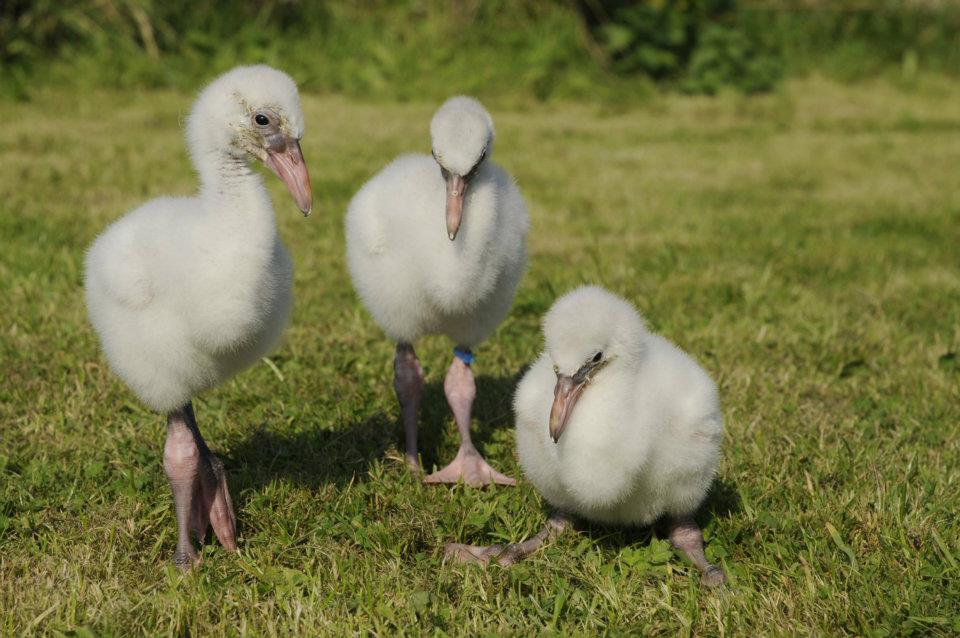
The three cheeky Chilean flamingos above were hand reared by myself and the other Aviculture staff at WWT Slimbridge in 2010. These three flamingo chicks represented some of the first eggs laid by our Chilean flock in nearly 10 years. With such a large age gap already in our flock we wanted to maximise our opportunities. None of the current staff had experience rearing flamingos by hand, and so we broke out our old manual and went on a refresher course!
The benefits of adding young birds to an aging flock can be hugely impressive. Every flock finds a newcomer fascinating, and young birds can cause maternal and paternal instincts to rise. We wanted to shake things up a bit and some babies seemed the best way to do it. Sadly however parent-rearing was not an option as these eggs were laid in September, nearly 3 months too late! It just shows how out-of-sync our Chilean flock had become.
By the time the 3 babes were ready to mingle, it was Christmas! We experienced all the traditional baby things from refusing to feed to full-on greediness, bullying, abnormal growth patterns, weaning, exercise, monopolising the food bowl; these three did it all. They were released into the old Lesser flamingo exhibit on Christmas eve, and spent many a month copying all the techniques they would need to survive in the main Chilean flock.
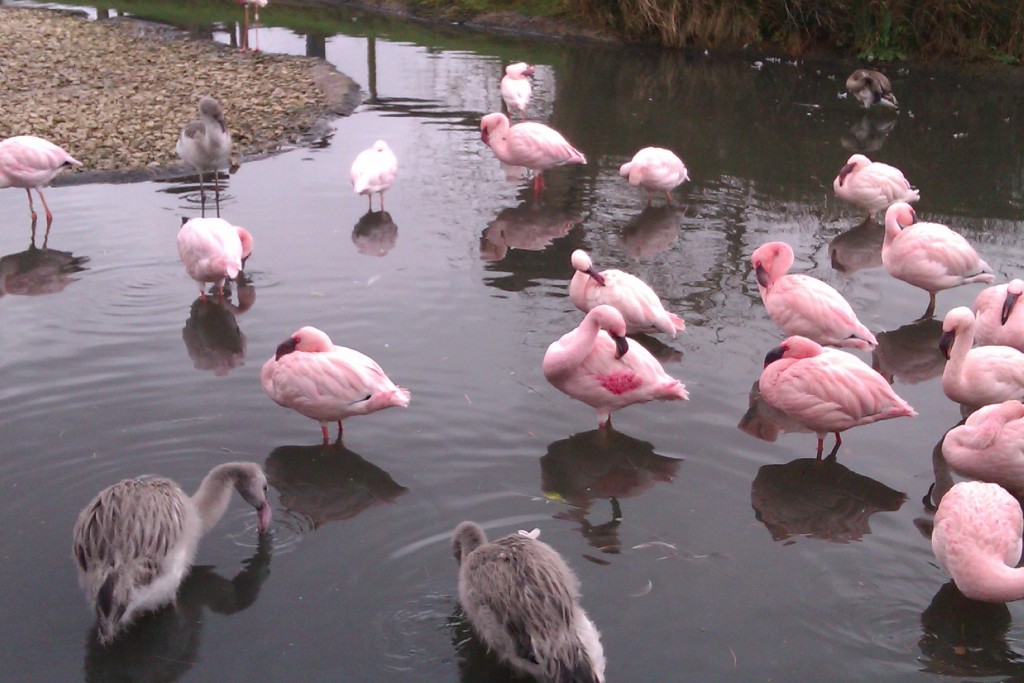
When they finally met another Chilean flamingo upon their release date more than a year later, the flock changed overnight. Since their introduction the flock has been able to rear their own young, earlier in the season, to great success. Since we hand-reared those flamingos it has helped stimulate a boom in flamingo breeding across the country. Although people were hand-rearing before, everyone started sharing their knowledge, food-recipes, photos and infectious enthusiasm. As a result some completely dormant flocks that had never reared a babe in their lives suddenly encountered new juveniles bourne of hand-rearing efforts. Suddenly flamingo conservation success seems more and more likely ex-situ. Suddenly it looks like Zoos will be able to shorten the age gaps within their flock structure and will be able to exhibit flamingos for not just years, but for decades and maybe even centuries.
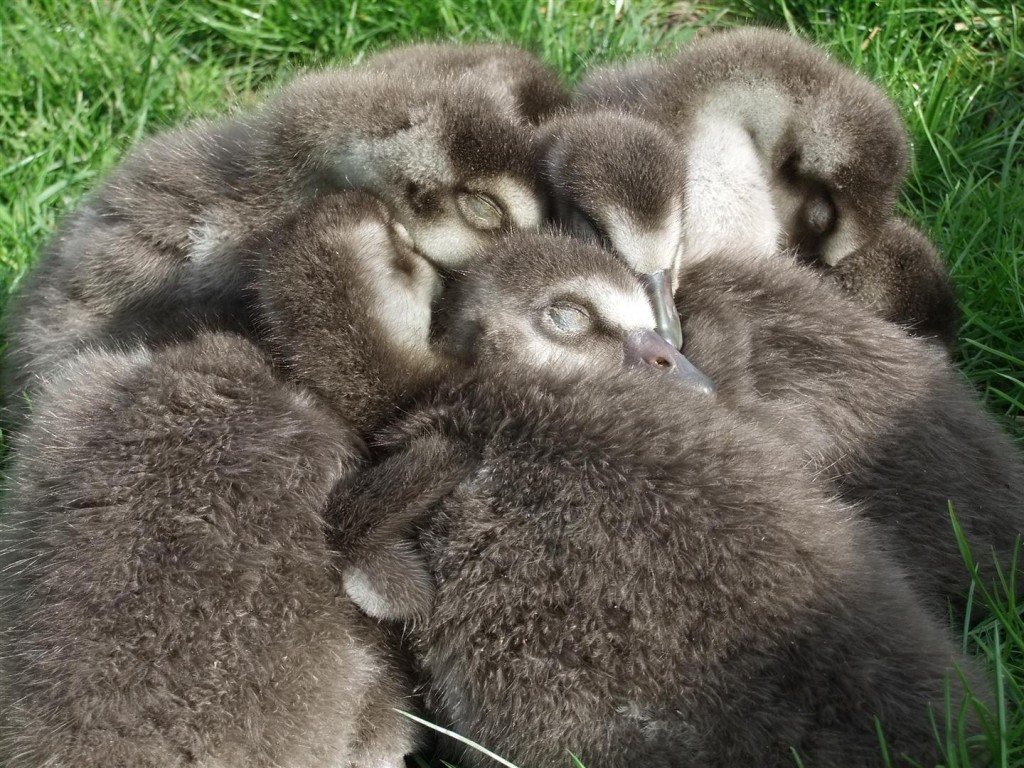
Back in the days of early Avic Delacour, birds could be legally taken from the wild. These birds had wild knowledge and experience for breeding and survival. We cannot forget however that conservation is a young science. Many birds taken decades ago were housed by people who knew nothing about how to look after them. Some of the earliest flamingo diets were simply fish and bread (they eat neither in the wild) and early flamingo housing was not appropriate. Animal welfare and behaviour is still relatively little understood in the bird world. It took Avics a long time to realise that releasing a bird into the wild was not enough in itself, it had to have instinct bourne of understanding their specifically evolved needs. As a result it shouldn't really be a surprise that we're not good at everything. In the case of the flamingo, their exceptionally long lives (60+!) could mean that the legacies of early conservation efforts will continue to impact for years and years.
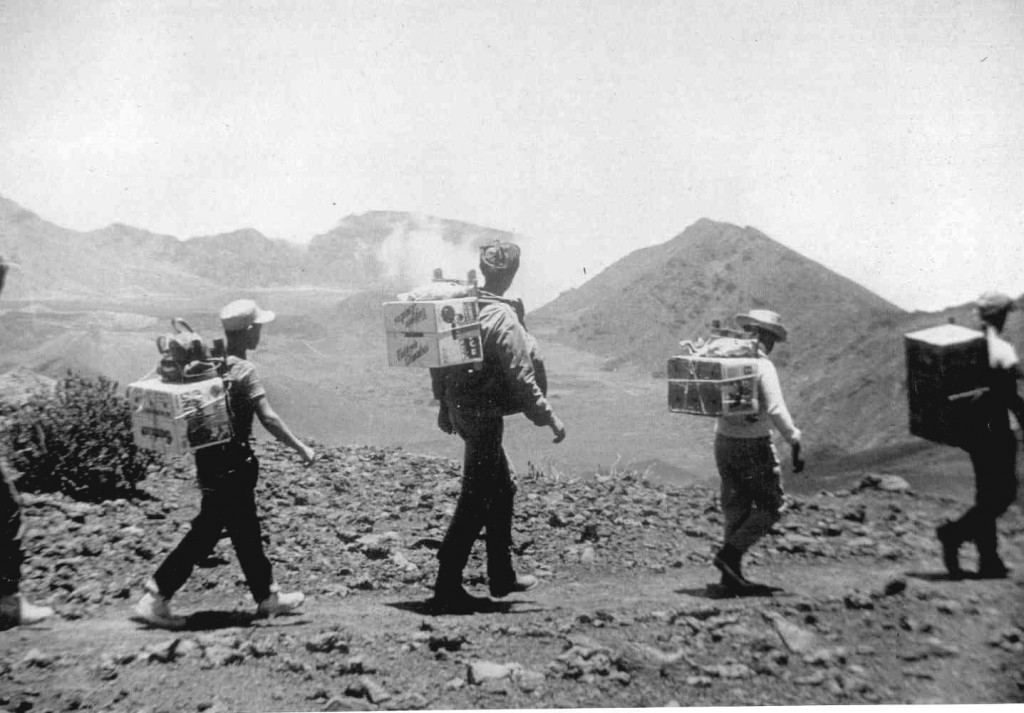
The Nene or Hawaiian goose above is a prime example of that. The Hawaiian population is now burgeoning at the seams, but the population is not self-sustaining. It lives in different habitat types to which it evolved into due to human interference, and now struggles to rear young. Whilst there is no doubt of the success of the project overall it is definitely going to take some time for the Nene population to fully acclimatise to its new situation. This is something that modern conservation efforts are now more fully aware of, and behavioural aspects of conservation are now one of its main priorities as can be seen in projects such as the Great Crane Project. We now strive for authenticity of behaviour in a sustainable habitat.
It was a lovely day when I was able to leave several of our visitors with these powerful messages. If you want to see Slimbridge Aviculture in action, please attend our Downy Duckling Days event from May 23-31st.
